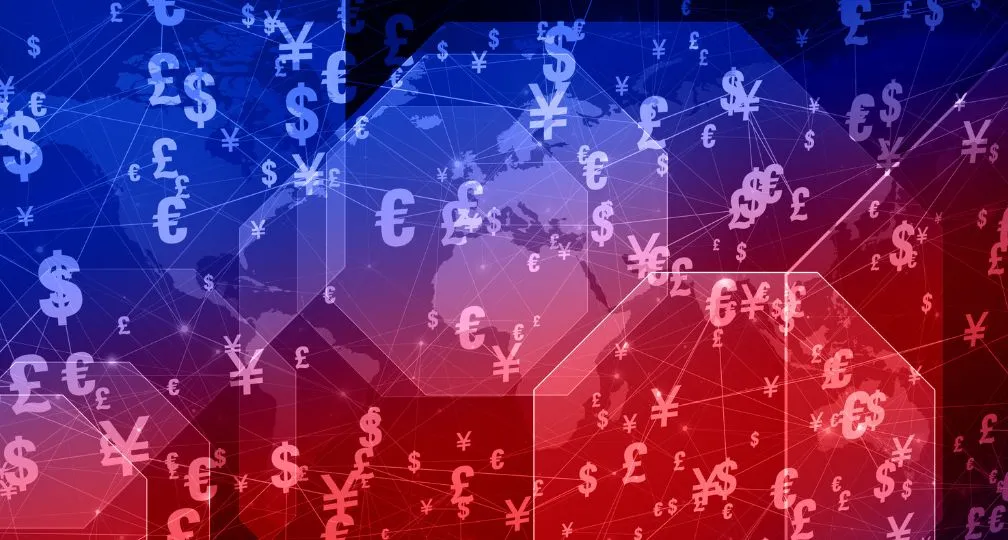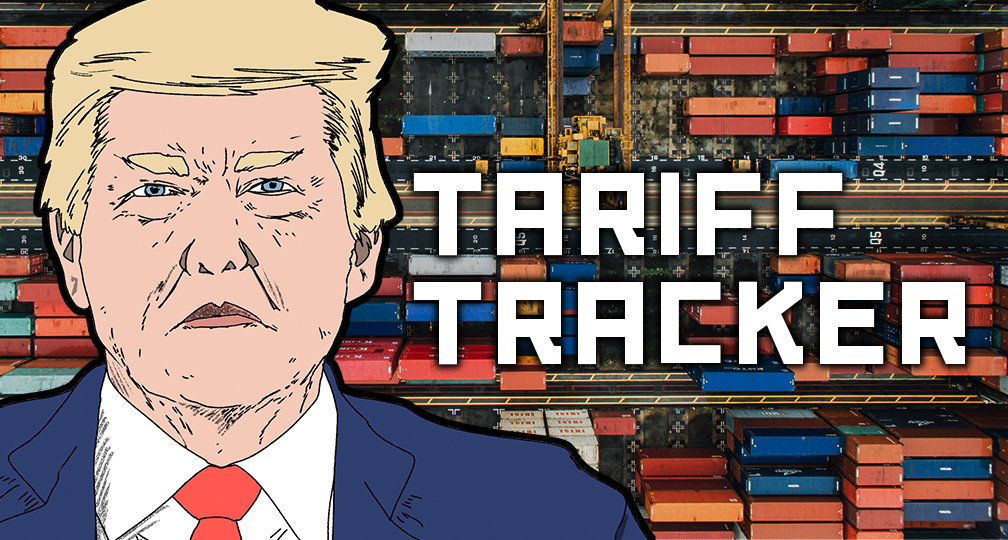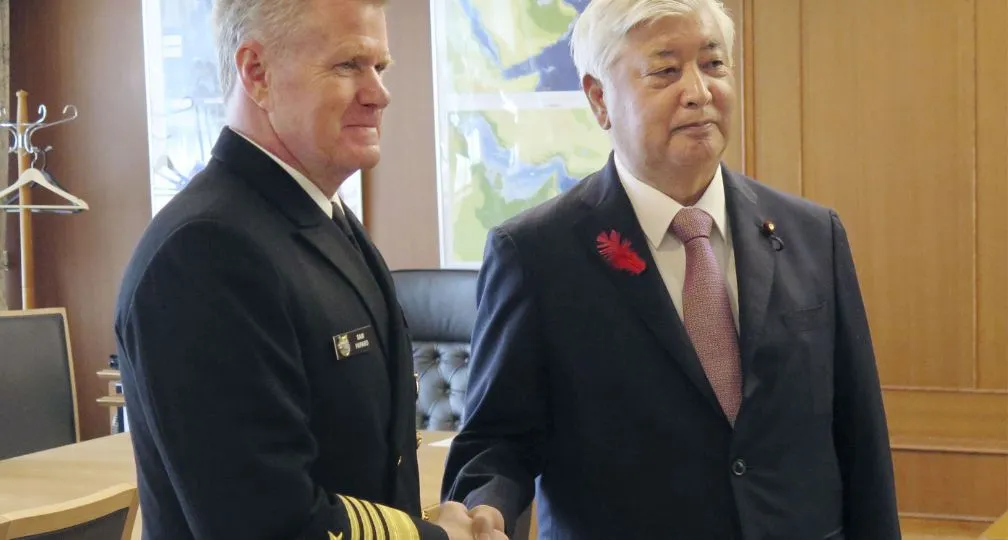Mission impossible: How to get Kyiv and Moscow to talk

Professor, the Faculty of Humanities and Social Sciences, University of Tsukuba
Nearly 18 months have passed since Russia launched its invasion of Ukraine, but the reality is that neither side has the intention to cease hostilities and start peace negotiations at this point.
If cease-fire negotiations were to take place in a situation under which Russian troops remain inside Ukraine, there is a risk that the Russian military would be ready and poised to invade again.
For this reason, the dominant perception on the Ukrainian side is that cease-fire negotiations would be meaningless unless as many Russian soldiers as possible have been pushed outside its borders.
Meanwhile, the Russian side has maintained its stance that it is open to peace talks with Ukraine only if Kyiv accepts the “new territorial realities” of provinces in the eastern and southern parts of the country — Donetsk, Luhansk, Kherson and Zaporizhzhia — having been annexed by Russia in October in addition to Crimea.
It is highly unlikely that Ukraine will accept negotiations under the condition of abandoning territories.
Ukrainian peace formula
On Nov. 15, Ukrainian President Volodymyr Zelenskyy outlined what he called the “Ukrainian formula for peace” in an address to world leaders gathered in Bali for the Group of 20 summit, laying out conditions for Ukraine to end the war and guarantee peace.
The 10 points in the peace formula are: radiation and nuclear safety; food security; energy security; the release of all prisoners and deportees; implementation of the U.N. Charter and restoration of Ukraine’s territorial integrity and the world order; withdrawal of Russian troops and cessation of hostilities; justice; prevention of ecocide; prevention of an escalation of conflict; and confirmation of the war’s end.
While some have taken an alarmist view of this “peace formula,” interpreting it as Ukraine’s noncompromising “conditions of ‘victory’ over Russia,” it should be noted that Ukraine has rather positioned it as a “minimum condition” for maintaining a stable peace without fear of another Russian invasion.
When asking for support from other countries, Zelenskyy and other Ukraine government officials often say they are being “invited to participate in the formula.” This implies that countries are asked to contribute to the realization of the peace formula in any of its 10 areas.
All of the 10 conditions mentioned in the formula take into account the damage caused by Russia’s invasion or potential threats that Ukraine may face in the future.
The first provision, radiation and nuclear safety, is based on Ukraine’s experience with the Zaporizhzhia nuclear power plant, which was occupied by Russia in March 2022 and has faced multiple threats of attacks and accidents since the invasion began, while the second provision, food security, has to do with the difficulty in exporting Ukraine-grown grains due to Russia’s blocking of the Black Sea.
The eighth provision, prevention of ecocide, can be set against the background of the threatened Russian attack on the Kakhovka dam in the Russian-occupied province of Kherson. The destruction of the dam in June has been described as ecocide by Ukrainian authorities that accused Russia of being responsible for an action that caused massive environmental destruction in surrounding areas.
The item Ukraine attaches the greatest importance to in this peace formula and seeks the understanding of other countries on is the sixth item, withdrawal of Russian troops. As already mentioned, Kyiv’s position is that it is not possible to negotiate a cease-fire, let alone an end to the war, while Russian troops remain in Ukraine.
Withdrawal of Russian troops
However, there are at least two uncertain factors at this point regarding such a challenge.
First, in order to make Russian forces withdraw, Ukrainian forces need to make significant achievements on the battlefield.
With reports of Ukrainian forces struggling in their ongoing counteroffensive, it must be said that meeting this condition is extremely challenging.
Second, it is unclear at this point what the withdrawal of Russian troops means to the lines in place when Russia’s invasion began on Feb. 24, 2022, or to the lines drawn when Ukraine declared independence in 1991.
How to define withdrawal will have to depend largely on how much of the Russian-occupied territories can be recaptured by Ukraine.
The fifth provision, restoration of Ukraine’s territorial integrity, also poses a similar conundrum.
Indeed, at this stage, both Ukraine and its key supporters — the countries of the Group of Seven and the European Union — claim that the restoration of the territories that existed at the time of Ukraine’s independence in 1991 should be regarded as the restoration of “Ukraine’s territorial integrity.”
However, if the goal is to completely regain Crimea and the people’s republics of Donetsk and Luhansk, achieving it would be an extremely tall order.
There seems to be a discrepancy in the statements of Ukrainian officials on the specific reach of the “withdrawal of Russian troops” and “Ukraine’s territorial integrity.”
On June 30, The Washington Post reported that during a secret visit to Ukraine by CIA Director William J. Burns, military planners in Kyiv relayed to Burns and others bullish confidence in their aims to: retake substantial territory by the fall; move artillery and missile systems near the boundary line of Russian-controlled Crimea; push further into eastern Ukraine; and then open negotiations with Moscow.
If the report is true, it suggests that Kyiv is thinking that it can start cease-fire negotiations before recapturing Crimea.
But on July 1, a day after the report came out, Zelenskyy stated that the recapture of Crimea was a condition for entering cease-fire negotiations.
These discrepancies suggest that there are differences of opinion even within Ukraine over the exact interpretation of the conditions laid down in the peace formula, such as the withdrawal of Russian troops and the territorial integrity of Ukraine.
And, to repeat, this practical landing point must depend on the success or failure of the counteroffensive.
Gaining support
At their summit held in Hiroshima in May, G7 leaders issued a statement on Ukraine that said they support Zelenskyy’s efforts in setting out basic principles in his peace formula.
The outline of the peace formula has won some understanding and support of the G7 and EU countries. But the reality is that the peace formula is not well known in the rest of the world.
That being the case, Ukraine is making efforts to gain support for the formula beyond the G7 and the EU.
One of the major achievements of Zelenskyy, who attended the G7 Hiroshima summit in person, was that he had the chance to explain the formula to Indian Prime Minister Narendra Modi, who had been invited as a guest, and ask for his understanding.
It has been reported that the Ukrainian government is considering adjusting the peace formula to make it easier for India to show support, based on the response Zelenskyy got from Modi during their meeting in Hiroshima.
Yet, overall, Ukraine is still struggling to conduct diplomacy to increase awareness of the formula.
This year, various countries have made “proposals” for peace between Ukraine and Russia. One thing that has to be acknowledged is that Ukraine is not looking for new proposals from other countries, but for a peace formula to be the starting point for discussions.
However, none of the proposals made this year — China’s Position on the Political Settlement of the Ukraine Crisis, known as the 12-point peace plan, released in February; Indonesia’s peace proposal made by Defense Minister Prabowo Subianto at the Shangri-La Dialogue defense forum in Singapore in June; and a 10-point peace proposal made by a delegation of African leaders to Kyiv and Moscow in June — take Ukraine’s peace formula into account.
And none of the proposals have included Russian troops’ withdrawal, the factor that Ukraine attaches top priority to.
Ukraine has expressed regret over the fact that these proposals don’t include Russian troops’ withdrawal, but no action has so far been taken by China or the African countries to include it in their proposals or strongly call on Russia to withdraw its forces from Ukraine.
China and Africa
Neither China nor the African countries have a strong will to mediate between the two sides at the moment, and the above proposals are merely an expression of their respective positions vis-a-vis the war.
For this reason, these countries would honestly find no positive meaning in making proposals that Russia is unlikely to accept.
As long as these countries, which are considered relatively close to Russia, do not strongly demand that Moscow withdraw its troops, Ukraine is not in a position to seriously entrust peace mediation to them.
As with the counteroffensive, it cannot be ruled out that Ukrainian diplomacy over the peace formula may continue to be an uphill struggle.
(Photo Credit: Reuters / Aflo)

Geoeconomic Briefing
Geoeconomic Briefing is a series featuring researchers at the IOG focused on Japan’s challenges in that field. It also provides analyses of the state of the world and trade risks, as well as technological and industrial structures (Editor-in-chief: Dr. Kazuto Suzuki, Director, Institute of Geoeconomics (IOG); Professor, The University of Tokyo).
Disclaimer: The opinions expressed in Geoeconomic Briefing do not necessarily reflect those of the International House of Japan, Asia Pacific Initiative (API), the Institute of
-
 From dollar hegemony to currency multipolarity?2025.06.25
From dollar hegemony to currency multipolarity?2025.06.25 -
 The Big Continuity in Trump’s International Economic Policy2025.06.11
The Big Continuity in Trump’s International Economic Policy2025.06.11 -
 Harnessing China’s tech giants: The case of Jack Ma2025.06.11
Harnessing China’s tech giants: The case of Jack Ma2025.06.11 -
 The Courts Rule Trump’s April 2 Tariffs Illegal – What Happens Next?2025.05.31
The Courts Rule Trump’s April 2 Tariffs Illegal – What Happens Next?2025.05.31 -
 Tariff Tracker: A Guide to Tariff Authorities and their Uses2025.05.29
Tariff Tracker: A Guide to Tariff Authorities and their Uses2025.05.29
 The Big Continuity in Trump’s International Economic Policy2025.06.11
The Big Continuity in Trump’s International Economic Policy2025.06.11 The Tyranny of Geography: Okinawa in the era of great power competition2024.02.09
The Tyranny of Geography: Okinawa in the era of great power competition2024.02.09 Trade, capital flows, and the new focus on “global imbalances”2025.05.27
Trade, capital flows, and the new focus on “global imbalances”2025.05.27 Trump’s Major Presidential Actions & What Experts Say2025.02.06
Trump’s Major Presidential Actions & What Experts Say2025.02.06 From dollar hegemony to currency multipolarity?2025.06.25
From dollar hegemony to currency multipolarity?2025.06.25
















